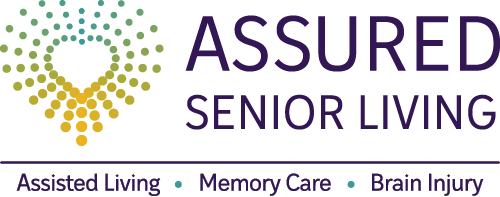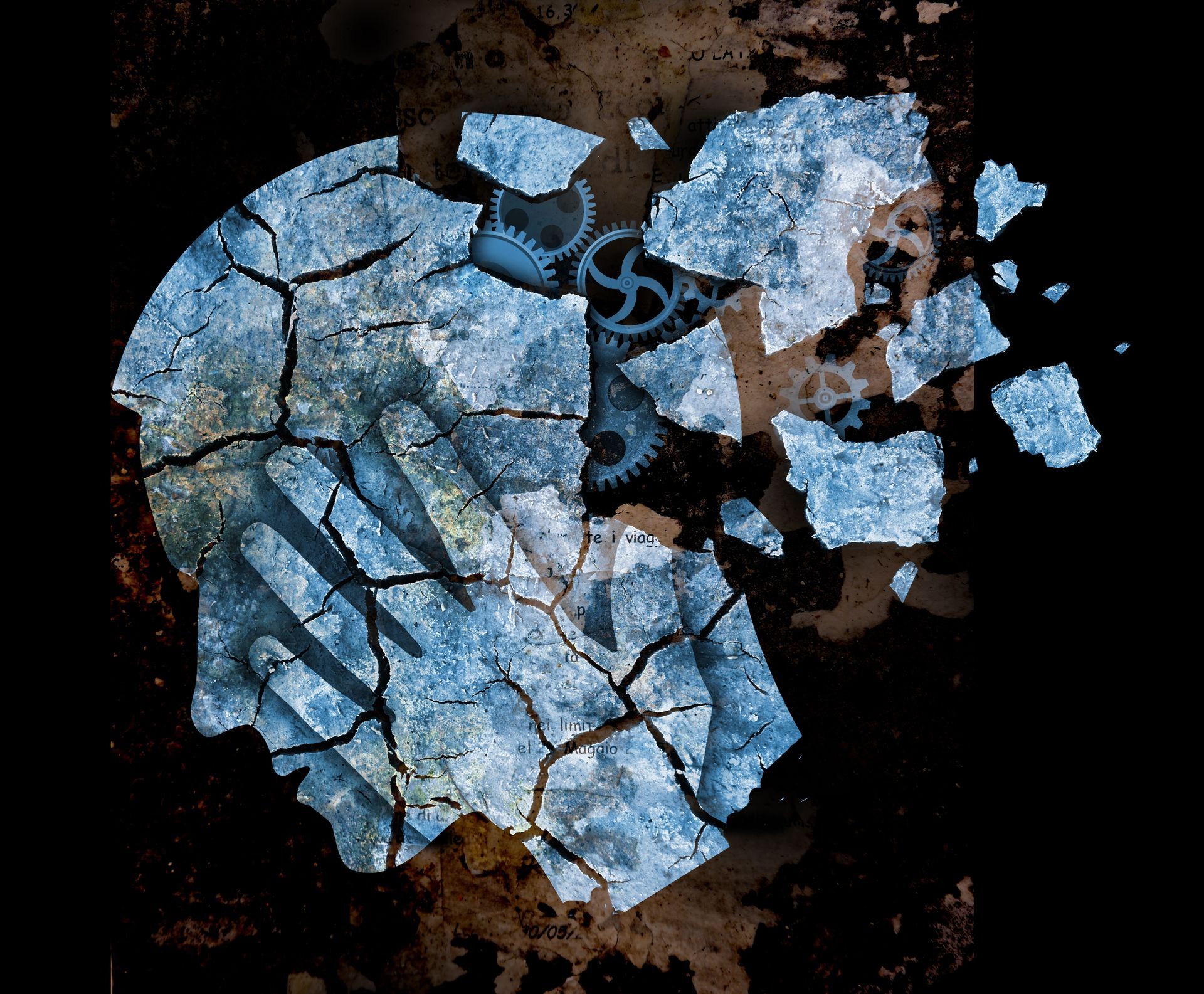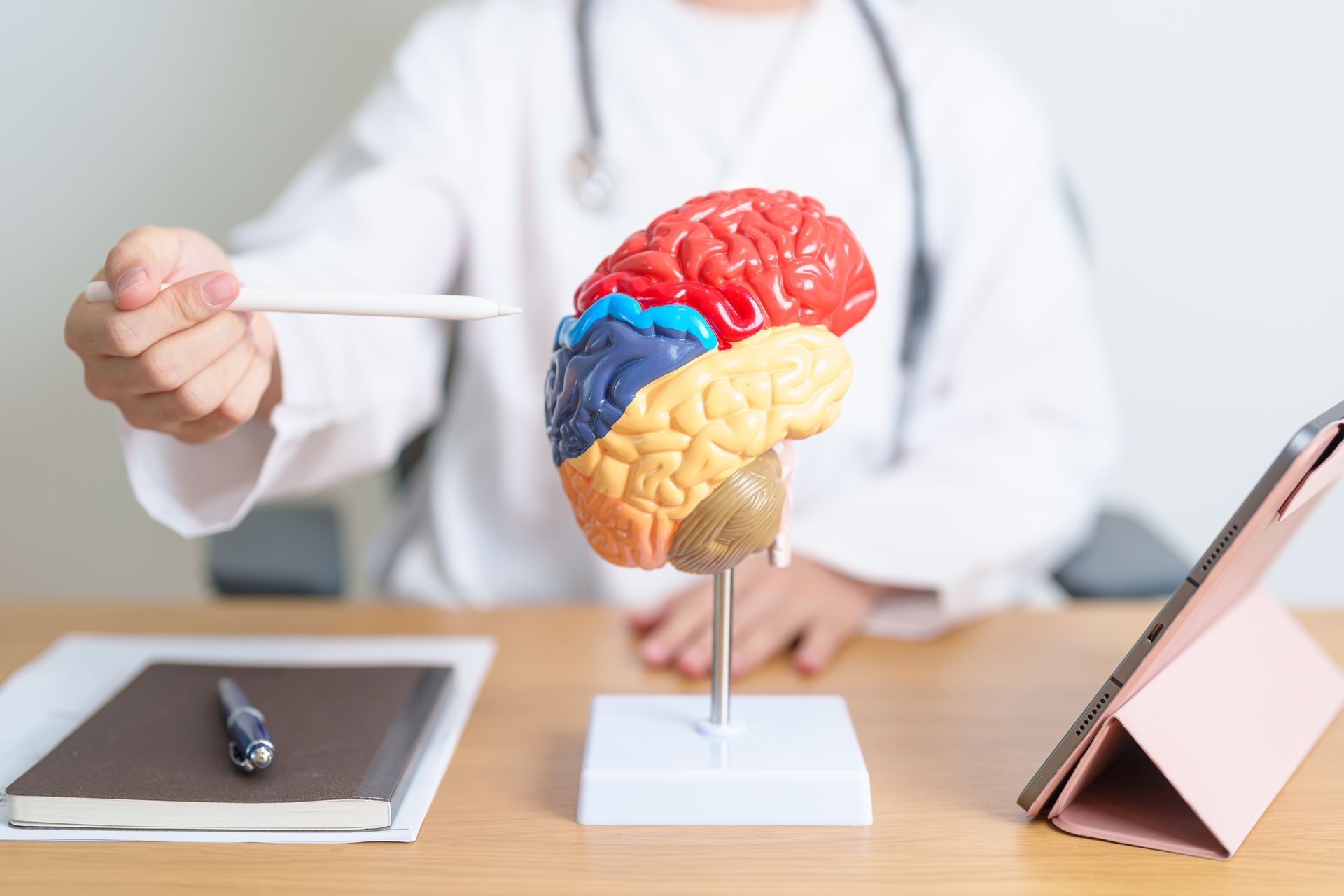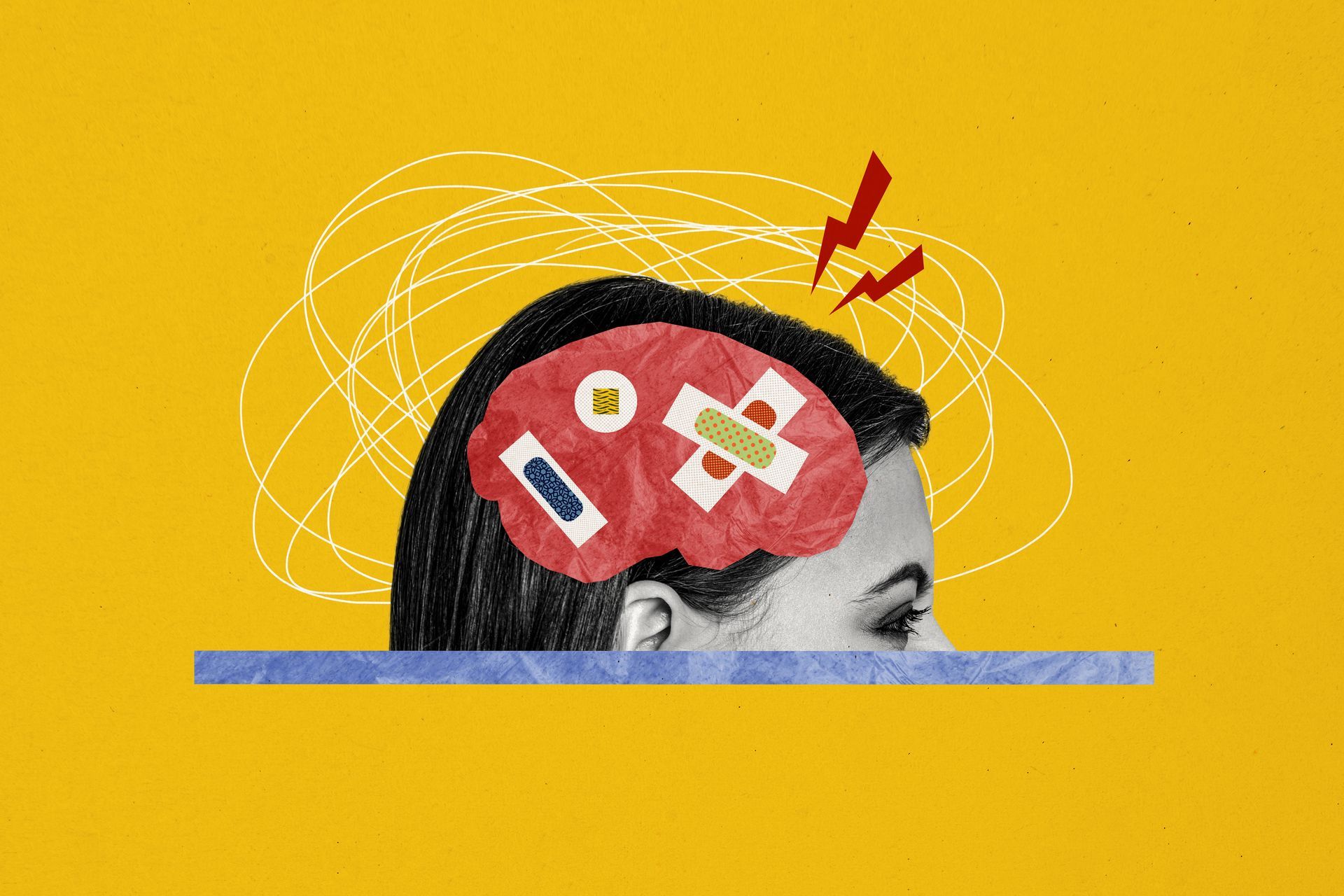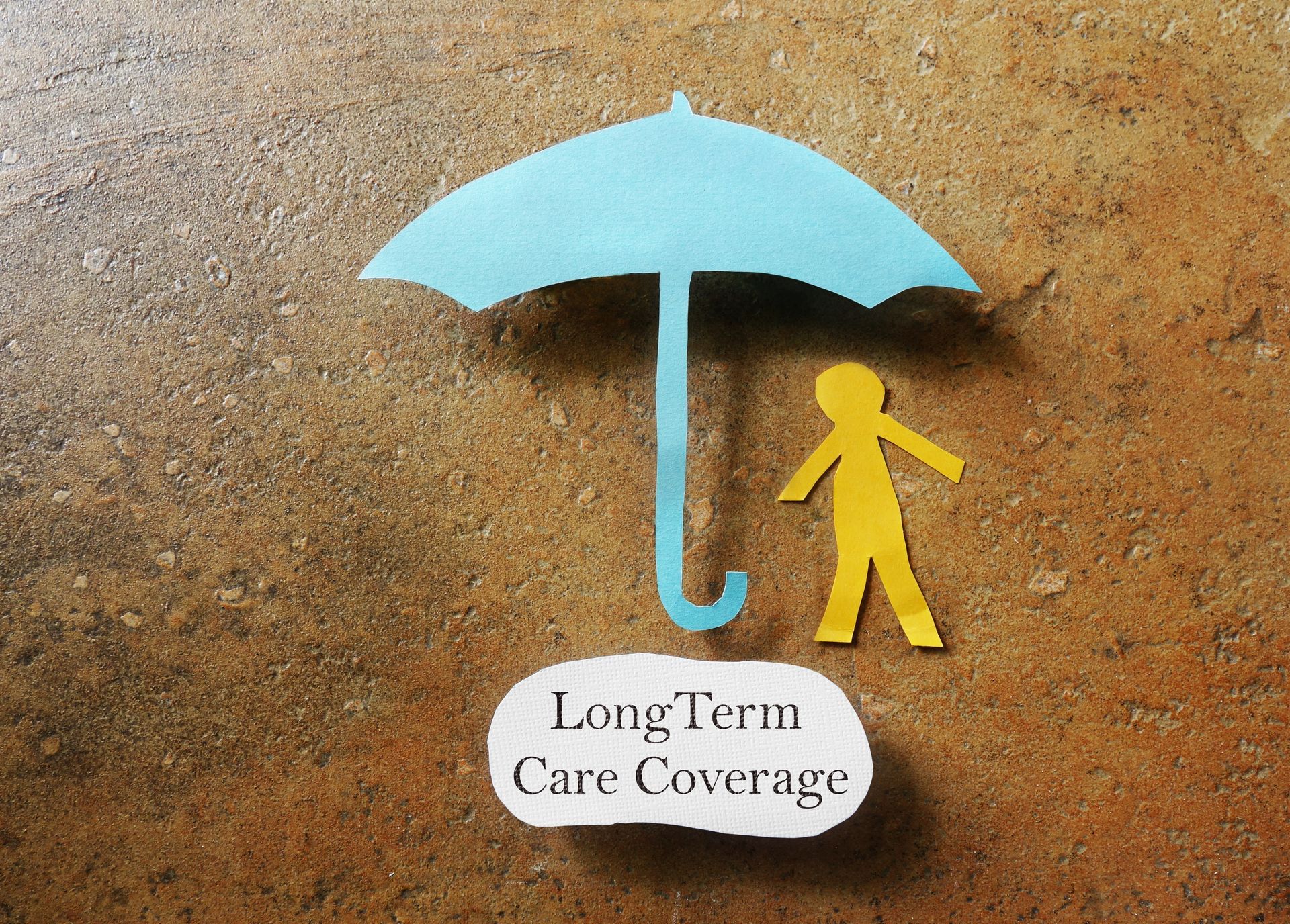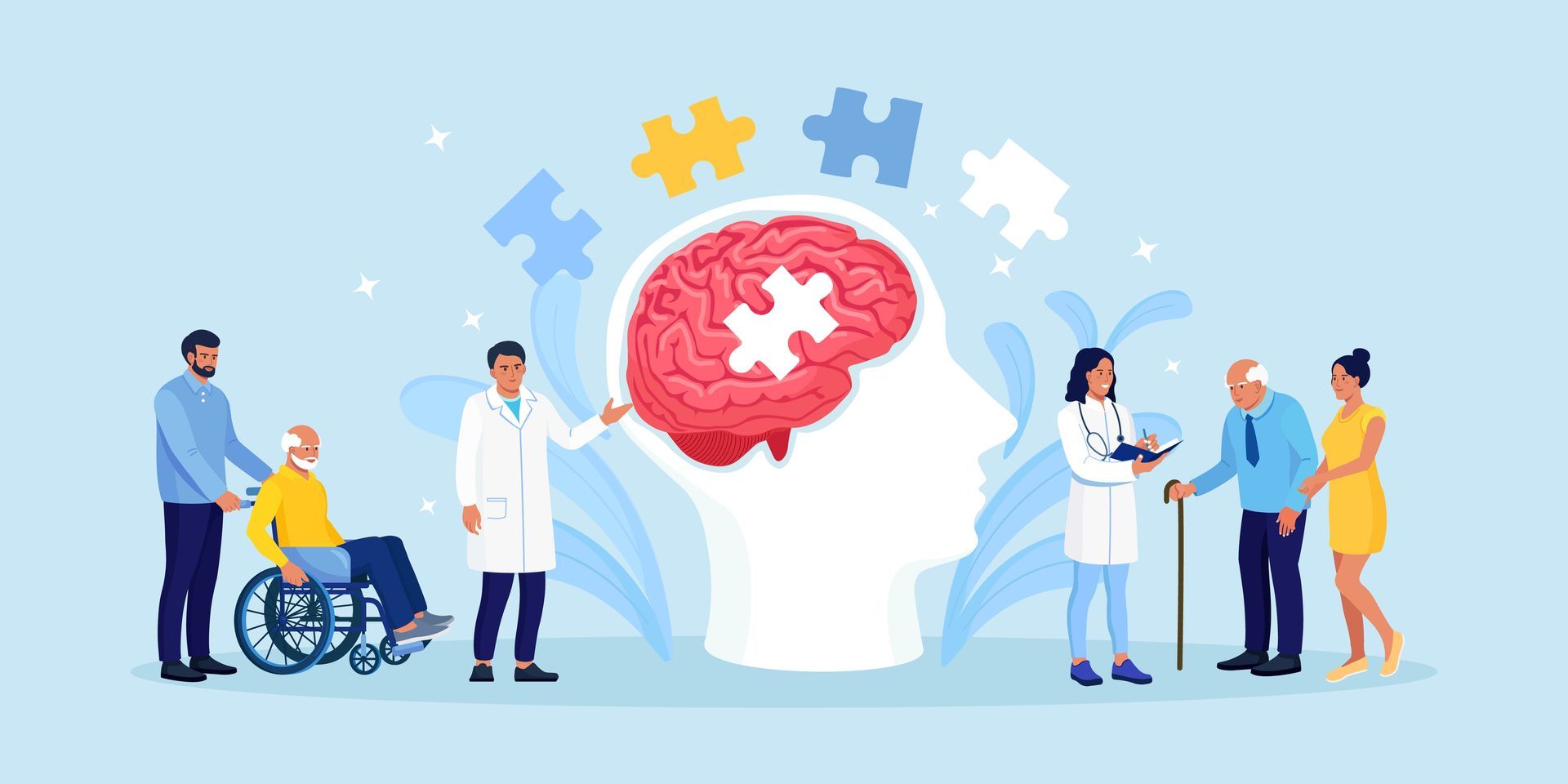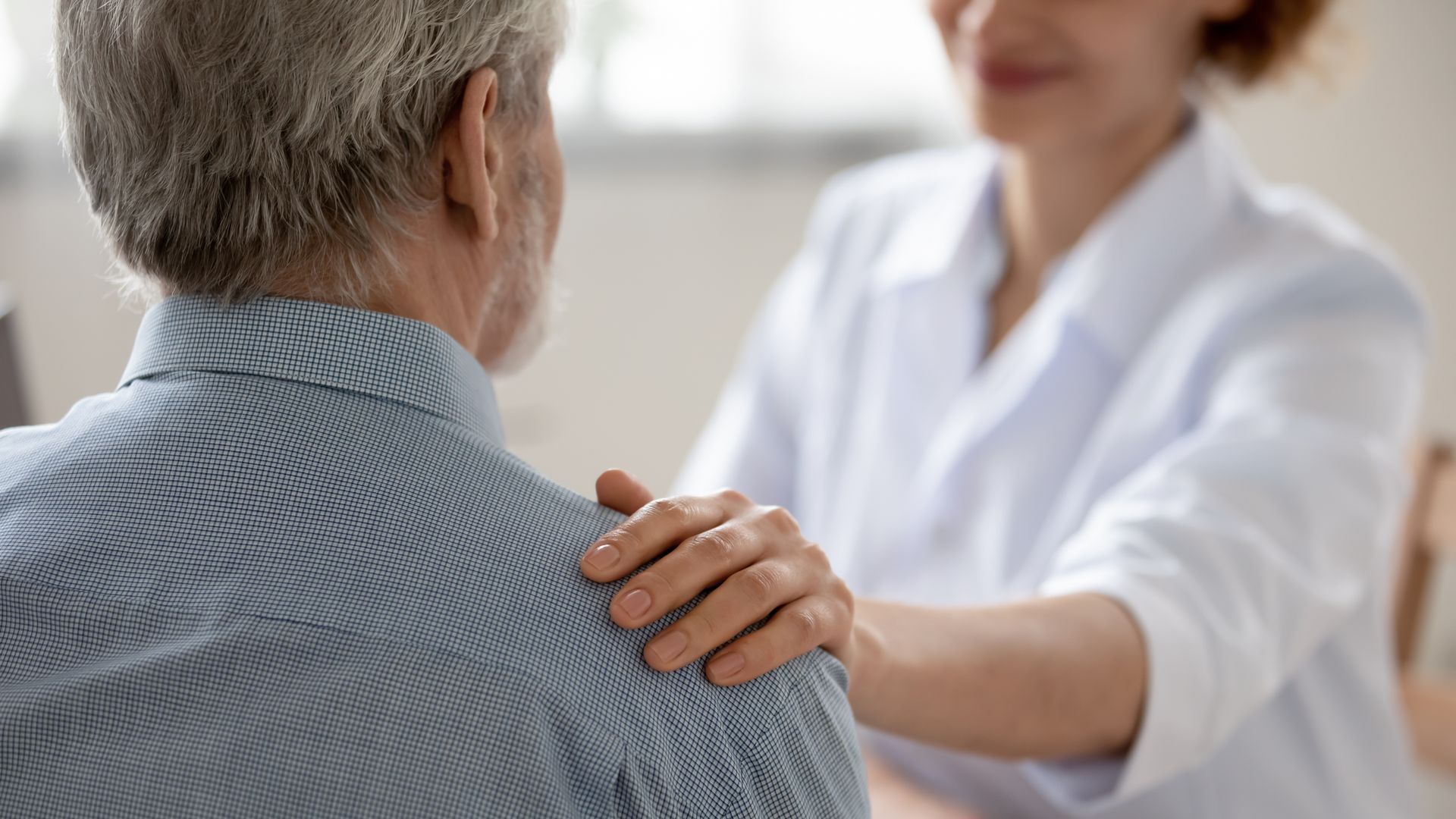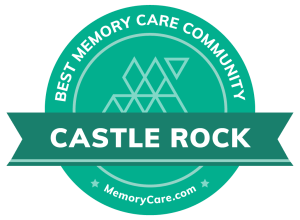Give us a call: (303) 814-2688
Email us on: francis@assuredal.com
BLOG
Personal Safety Measures for Brain Injury Survivors
Brain injury survivors face unique challenges that require proactive safety measures to ensure their well-being. Whether dealing with cognitive, physical, or emotional changes, safety precautions help maintain independence while reducing risks.
Tailored strategies can significantly improve daily life and foster confidence in both survivors and their caregivers. Let’s examine the personal safety measures essential for brain injury survivors and offer practical guidance for a secure environment.
Understanding Safety Challenges for Brain Injury Survivors
Brain injuries can lead to various challenges, including memory issues, impaired judgment, and physical limitations. These challenges often increase the risk of accidents at home or in public spaces. For instance, survivors may forget to turn off appliances, misjudge distances, or struggle with balance. Recognizing these risks is the first step in creating an effective safety plan.
Emotional and behavioral changes, such as impulsivity or frustration, can also pose safety concerns. These shifts may lead to difficulties in social interactions or increased vulnerability in unfamiliar settings. Addressing these changes requires both awareness and thoughtful intervention.
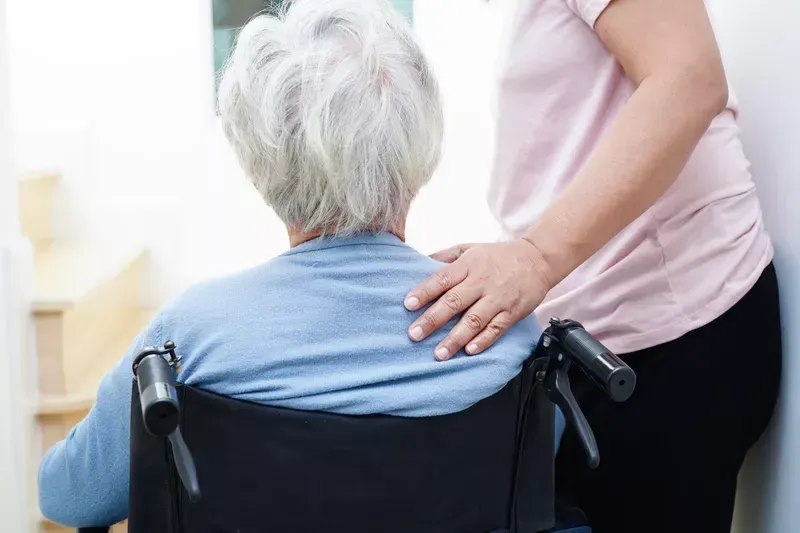
Caregivers play a vital role in identifying patterns and potential risks unique to the survivor. Regular evaluations by medical professionals can also provide insights into safety needs as recovery progresses. A comprehensive understanding of these challenges sets the foundation for effective safety measures.
Education is key for both survivors and caregivers. Learning about the potential effects of brain injuries helps everyone involved make informed decisions. This shared knowledge fosters a cooperative approach to safety planning, ensuring that all aspects of the survivor’s needs are addressed.
Creating a Safe Home Environment
Home modifications are essential for minimizing risks and promoting independence for brain injury survivors. Simple changes, such as removing tripping hazards or installing grab bars, can make a significant difference. Adequate lighting and non-slip flooring further enhance safety in frequently used spaces.
Organizing the home environment reduces confusion and makes daily tasks more manageable. Clearly labeled items and designated spaces for essentials help survivors maintain routines. For example, using color-coded labels can simplify locating medications or kitchen tools.
Technology offers additional support for home safety. Smart devices, like automated lights or voice-activated assistants, can provide reminders and simplify tasks. Alarm systems or wearable devices also provide peace of mind, particularly for survivors living alone.
Regular maintenance and checks ensure that safety features remain effective. Caregivers should periodically review the home environment for new risks or necessary updates. Adapting the space to the survivor’s evolving needs ensures continued support.
Promoting Safe Mobility and Transportation
Mobility challenges are common among brain injury survivors, requiring thoughtful planning for both indoor and outdoor movement. Physical therapy can strengthen mobility skills, helping survivors regain confidence in navigating their surroundings.
Assistive devices, such as canes or walkers, provide stability and reduce the risk of falls. Caregivers should ensure that these devices are correctly fitted and maintained. When traveling outside, survivors may benefit from using GPS-enabled devices or having a companion for added safety.
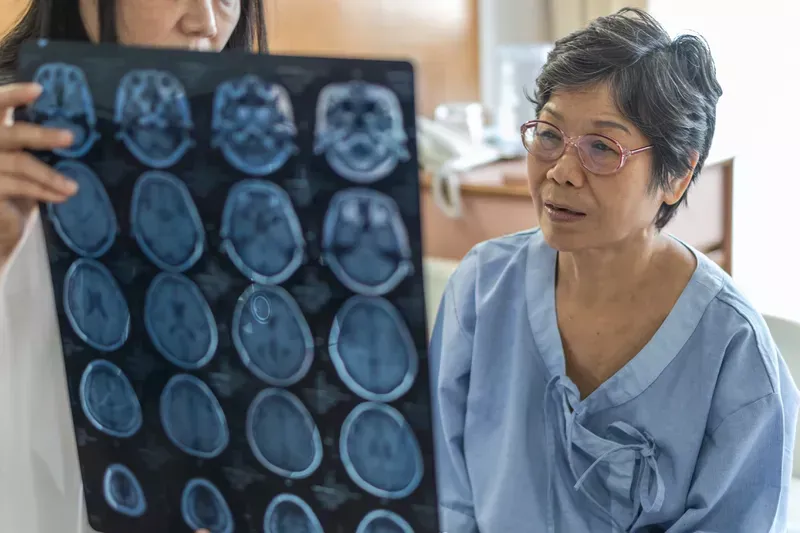
Transportation safety is a significant concern for survivors who wish to drive or travel independently. Medical professionals can evaluate survivors regularly to determine their readiness for driving. Adaptive driving courses or tools may also help survivors regain this ability.
Public transportation can offer a reliable alternative, but it requires careful planning. Survivors should familiarize themselves with routes and schedules, and caregivers may consider escorting them initially. These precautions help build confidence and reduce potential stress.
Emotional and Behavioral Safety for Brain Injury Survivors
Emotional and behavioral changes after a brain injury can affect safety in various settings. Survivors may experience heightened emotions, reduced impulse control, or difficulty processing social cues. Addressing these challenges requires patience and tailored strategies.
Therapy plays a critical role in managing emotional changes. Counseling sessions provide survivors with tools to cope with stress, anger, or anxiety. Techniques like mindfulness or cognitive-behavioral therapy help foster self-awareness and emotional regulation.
Behavioral changes, such as impulsivity, require structured routines to minimize risks. Caregivers can establish clear activity guidelines and offer reminders or supervision when necessary. Predictable schedules also create a sense of stability and reduce feelings of overwhelm.
Open communication between survivors and caregivers builds trust and facilitates problem-solving. Discussing concerns and challenges in a supportive environment ensures that emotional and behavioral needs are met effectively.
Building a Support Network
A strong support network is essential for brain injury survivors. It provides emotional reassurance and practical assistance. Family members, friends, and caregivers form the core of this network and offer guidance and encouragement.
Support groups connect survivors and caregivers with others who share similar experiences. These groups provide a platform for sharing advice, learning new strategies, and fostering connections. Regular participation can alleviate feelings of isolation and promote a sense of belonging.
Professional resources, such as case managers or rehabilitation specialists, offer additional support. They help coordinate services, identify community programs, and advocate for survivors’ needs. Accessing these resources ensures comprehensive care and safety planning.
Encouraging independence within the support network is equally important. Empowering survivors to make decisions and participate actively in their care plan builds confidence and resilience. A balanced approach between assistance and autonomy promotes long-term safety and well-being.
Prioritizing Safety for Brain Injury Survivors
Personal safety measures are vital for enhancing brain injury survivors' quality of life and independence. By addressing unique challenges, creating a safe environment, and fostering a supportive network, caregivers can help survivors navigate recovery with confidence. Practical steps, such as home modifications, mobility aids, and emotional support, form the foundation of an effective safety plan.
Contact us today to learn how we can help develop personalized safety strategies tailored to brain injury survivors. Together, we can create a secure and empowering environment for recovery.
All Rights Reserved | Assured Senior Living
